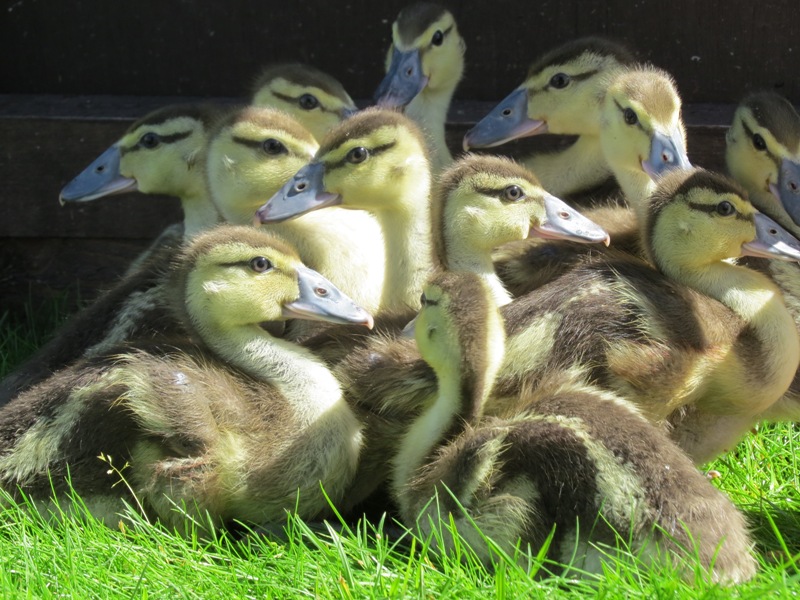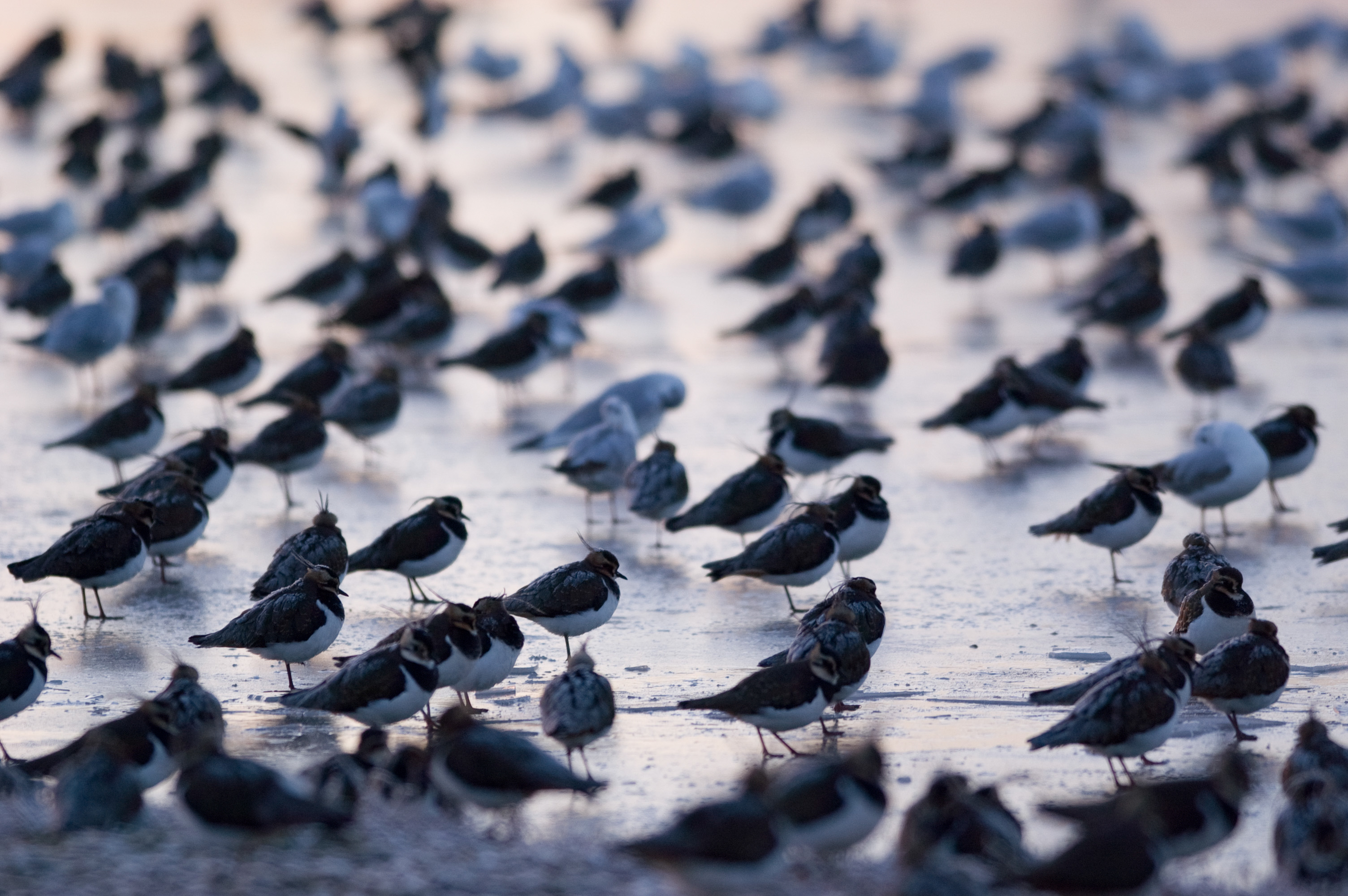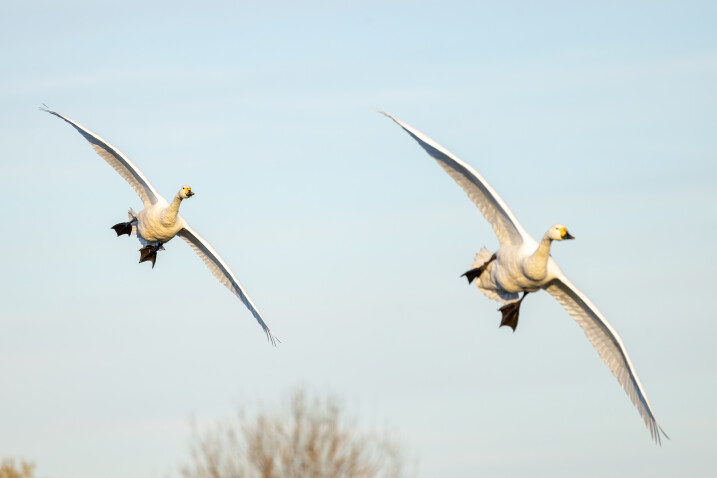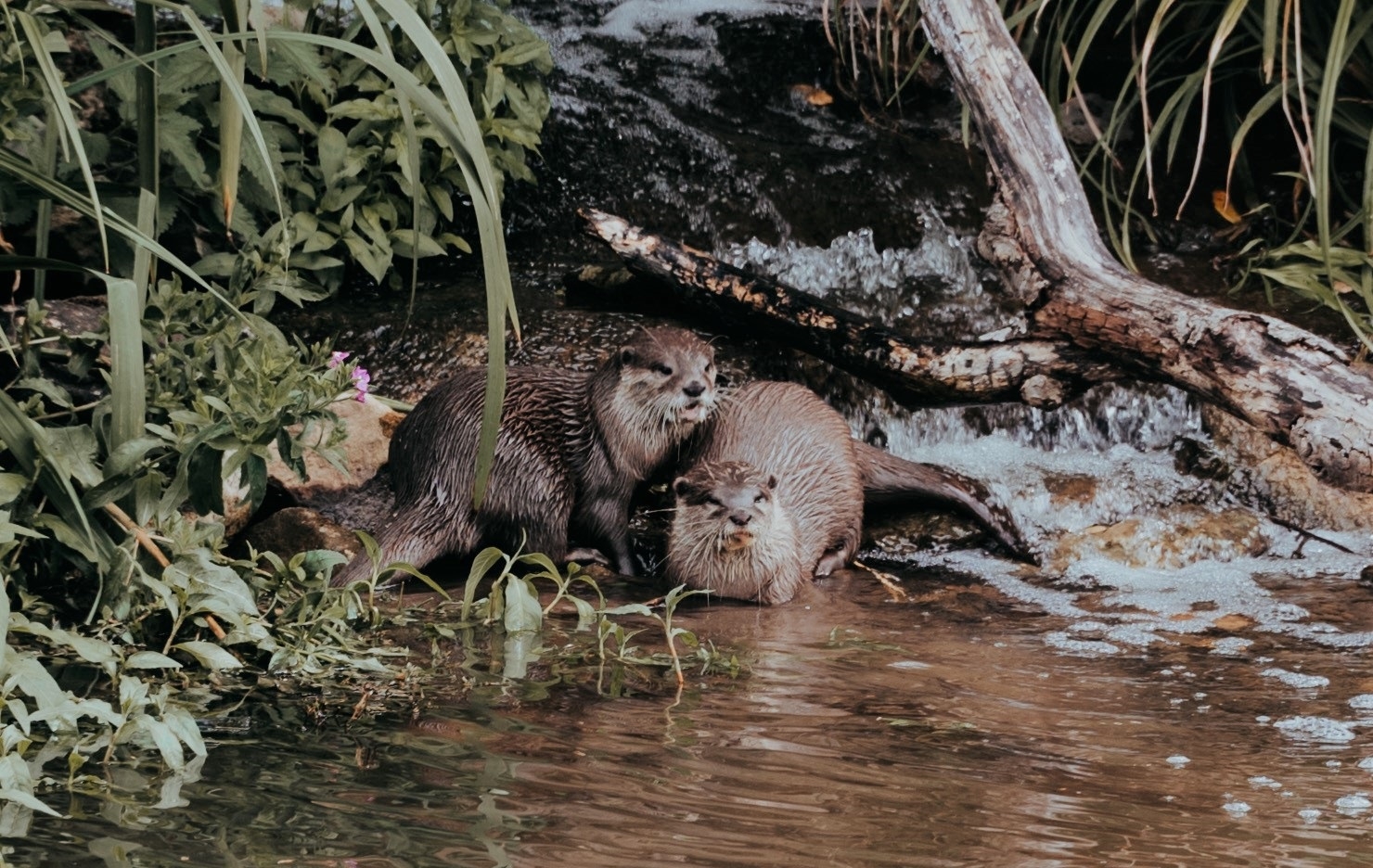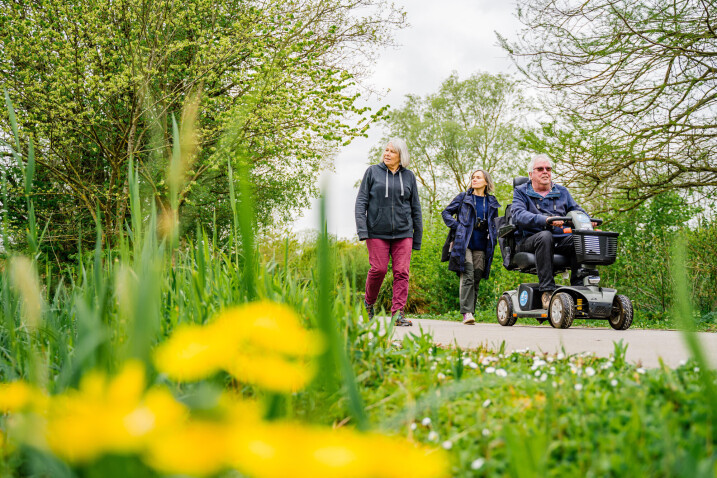First African Comb ducklings at WWT Slimbridge in 20 years
Bird experts are celebrating 12 very special ducklings which have been bred at WWT Slimbridge for the first time in 20 years.
There are low numbers of African Comb ducks in collections across the UK so staff at the wetland centre in Gloucestershire decided to use their expertise to try and help boost numbers so the public could see this valuable species.
The Centre acquired six young birds in 2013 and put four of them (two males and two females) in an exhibit with Lesser Flamingos. In July Duckery Warden Phoebe Young was delighted to discover a beautiful nest made out of a mixture of feathers including flamingo ones with 22 eggs in it!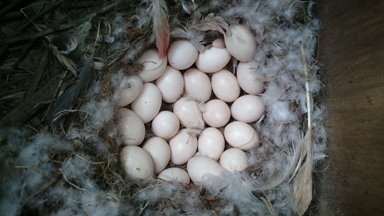
The amount of eggs would be too many for one female to lay so both females must have laid in the same nest. As she would never manage to incubate so many eggs successfully, a decision was taken to hand-rear the precious eggs to increase chances of survival.
Phoebe said: “The eggs were very fresh, and so I put them in an incubator for a whole week before I candled them. Upon candling I found that some weren’t fertilised.
“These were removed immediately and the remaining 12 eggs were incubated successfully through to hatching.
“It is probable that the infertile ones were laid by one of the two females, who may have been ignored by her male.
“We are very happy to have successfully machine incubated these eggs from such an early stage. A female comb duck is by no means large enough to incubate 22 eggs, and so it is very pleasing to know that we can rely on our equipment for such a precious job.
“From the 22 eggs we were thrilled to hatch 12 healthy ducklings. Now two weeks on they are looking fantastic and are a joy to watch.”
As African Comb ducks have large differences between the male and female Phoebe has been able to work out already that in the brood there are seven male ducklings and five female.
Phoebe added: “They are a very attractive species, showing stunning feather iridescence and with a very striking posture. The more dominant the male the larger the comb on his head, and these can grow exceptionally large during their lifespan. “
“It’s great to have them back here and to be establishing a healthy population. They really enhance our Lesser Flamingo enclosure so look out for them on your next visit.”
